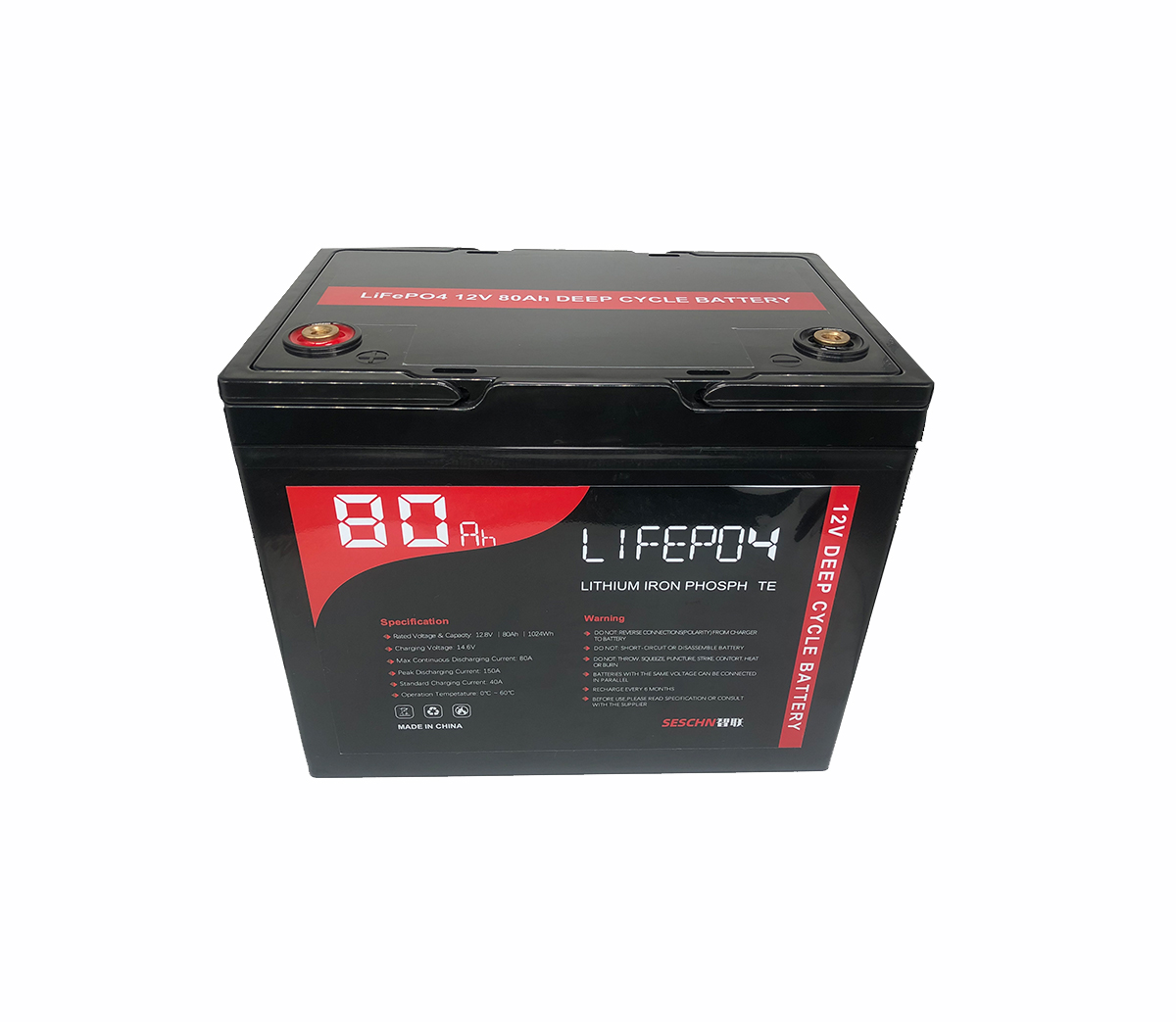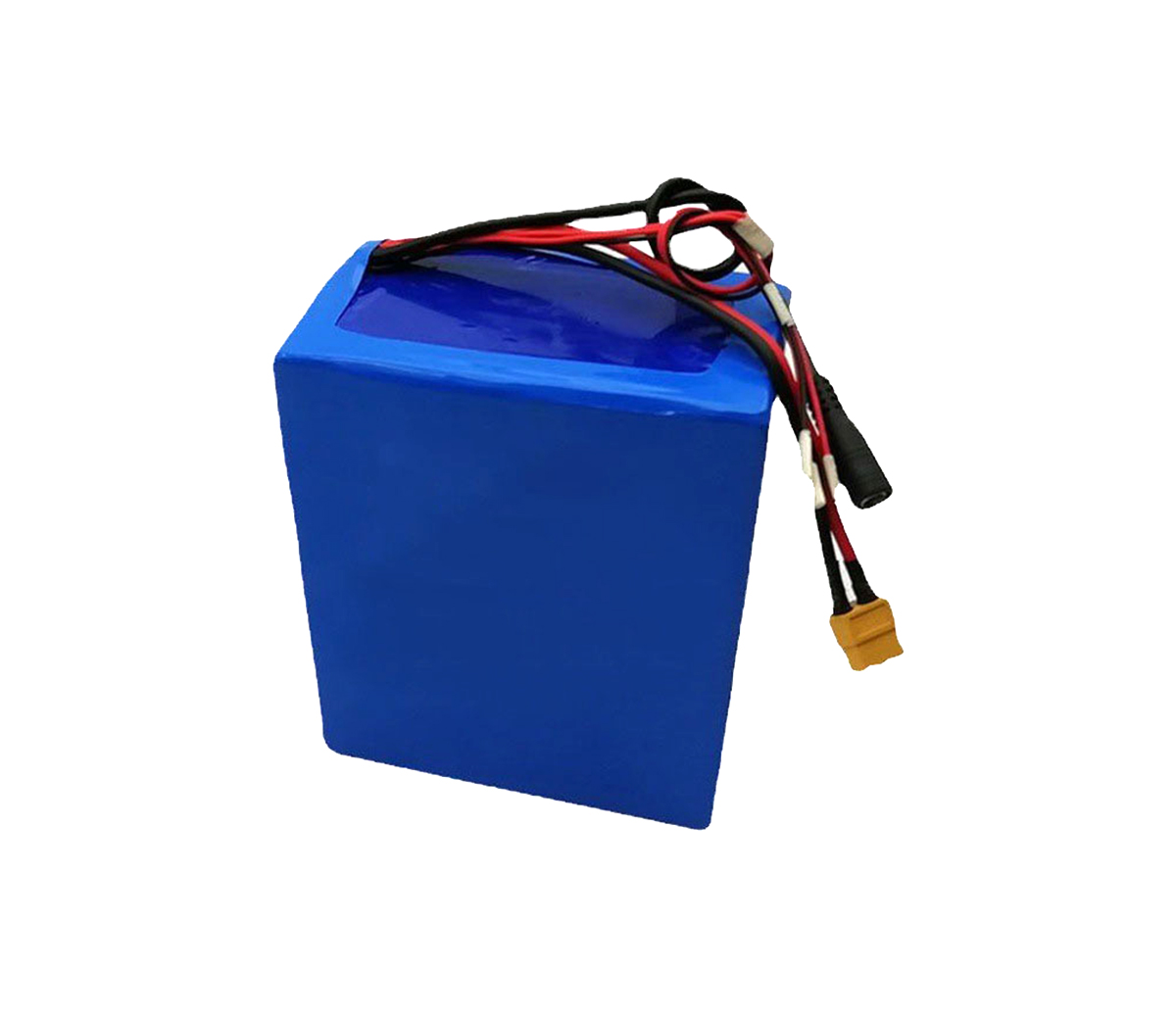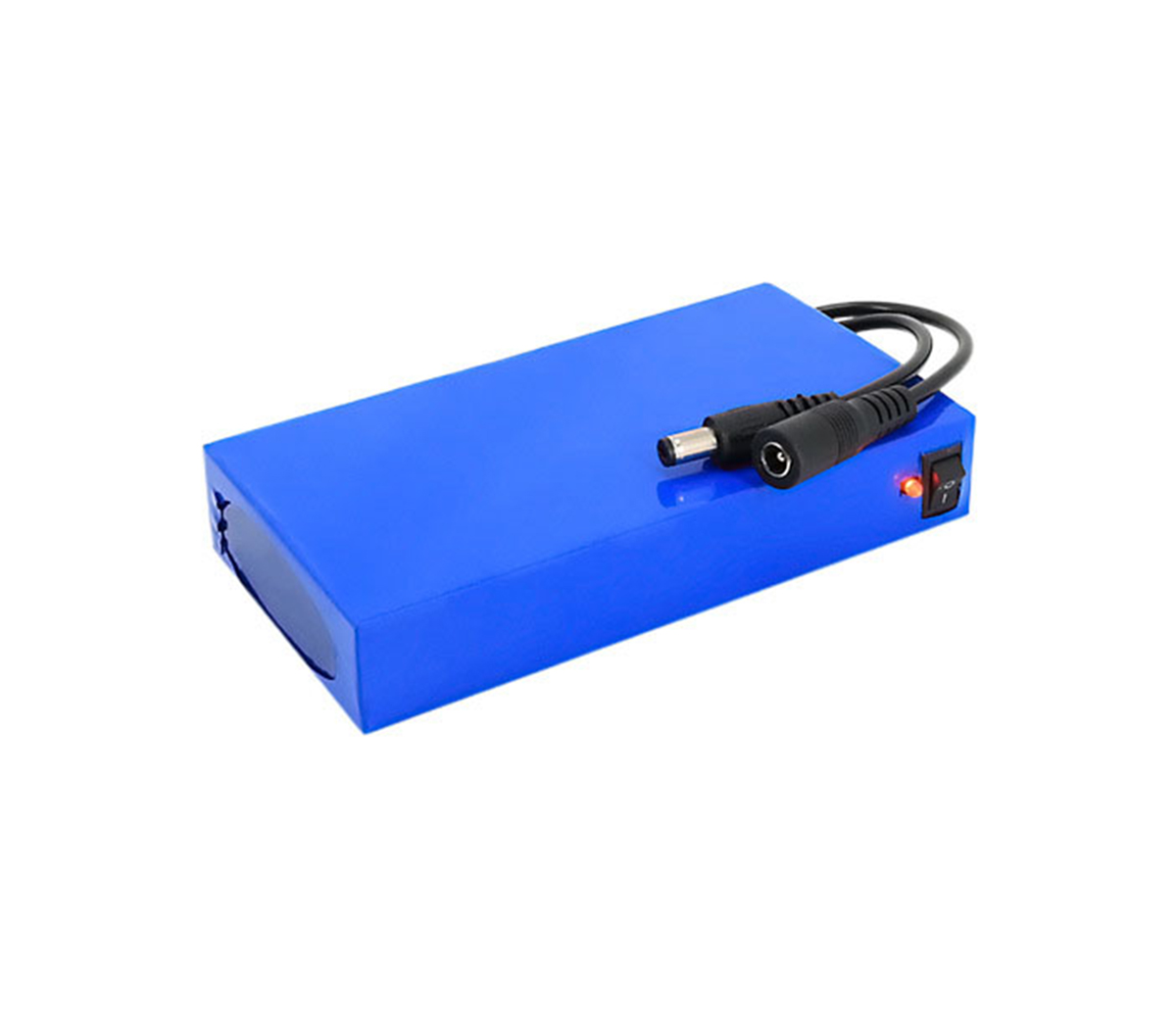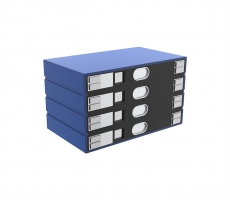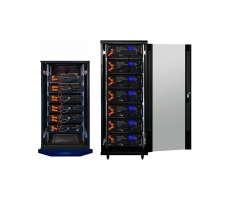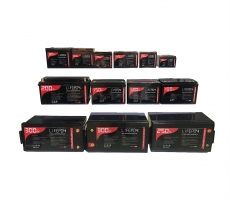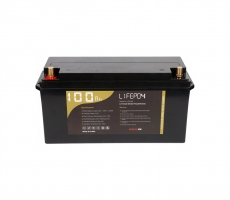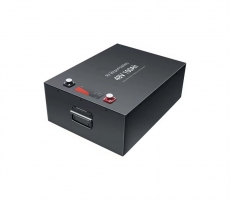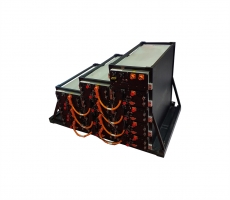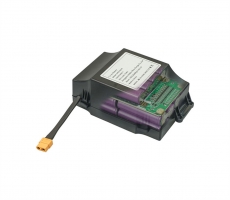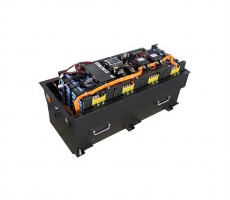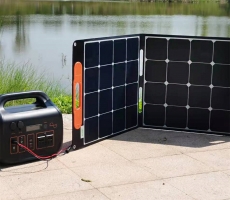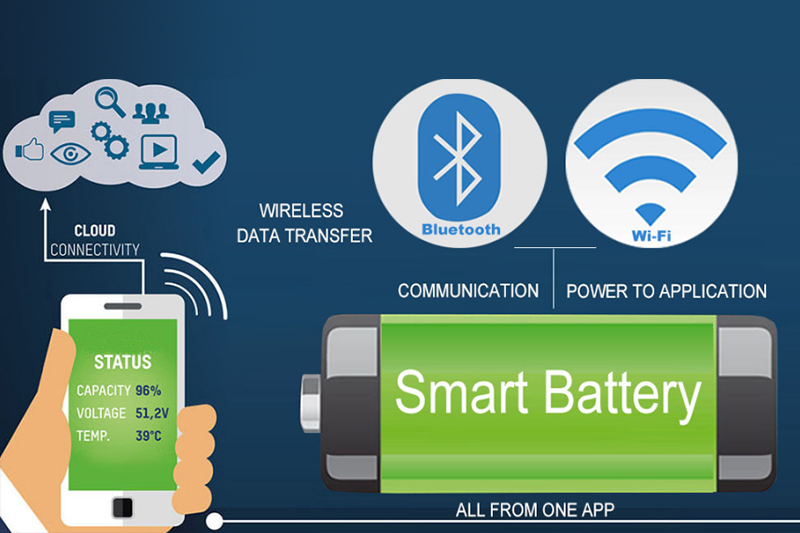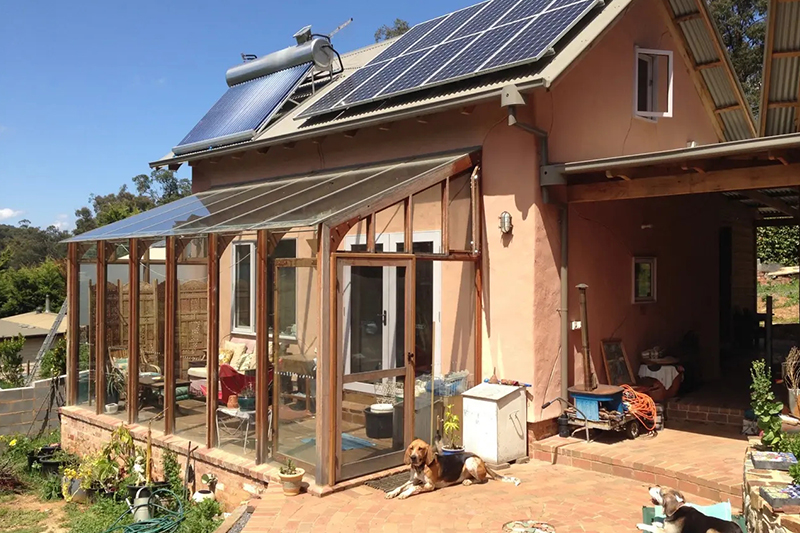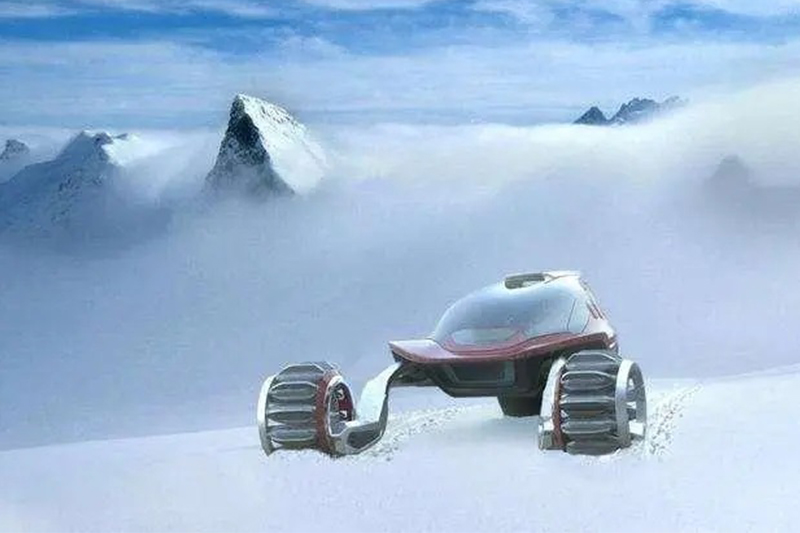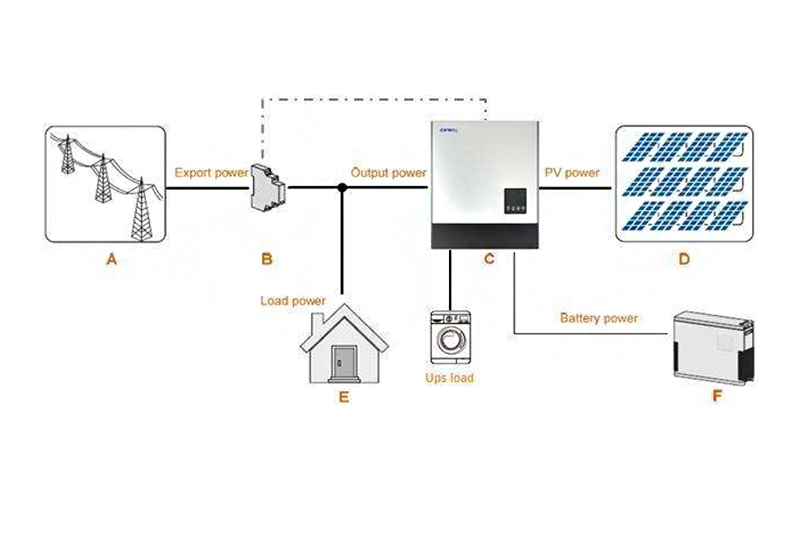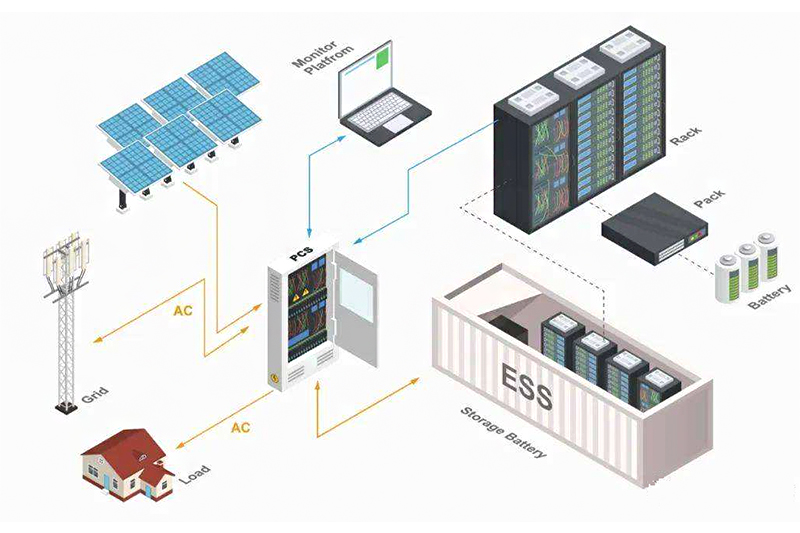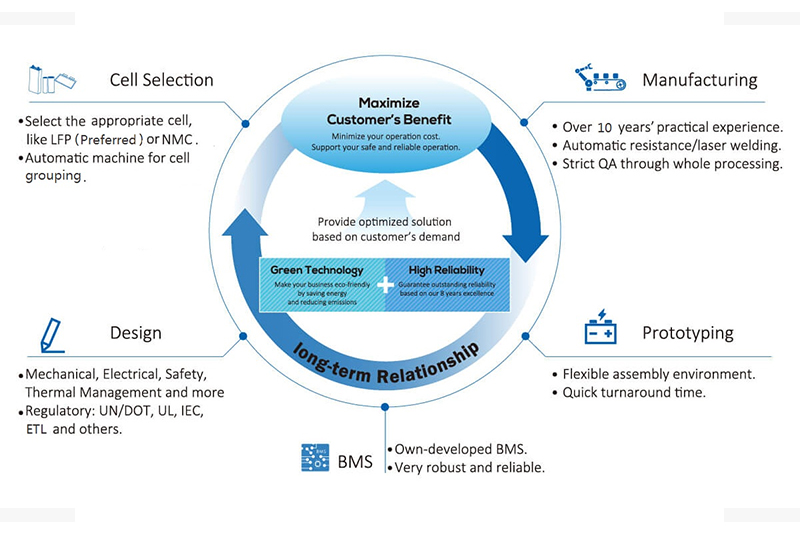SES Power: The world's top six grid-scale battery energy storage systems
With
technological breakthroughs and exponentially increasing demand, the
cost of lithium-ion batteries continues to drop, and grid-scale
lithium-ion battery energy storage systems are also being deployed at
an accelerated pace.
One argument against renewable energy is
that it is unstable - wind power only works when the wind is blowing,
and solar panels only produce electricity during the day. This is where
Electrical Energy Storage (EES) comes into play, storing energy as it
is produced and returning it when needed.
Traditional methods of
pumped hydropower rely on two connected reservoirs located at
different levels. When the sun shines or the wind blows, renewable
energy is used to pump water from the lower reservoir to the upper
reservoir, effectively storing energy. At night or when demand is high,
the water in the upper reservoir flows downwards, and the water
flowing back to the lower reservoir is passed through turbines to
generate electricity. Pumped hydro is the largest form of grid energy
storage, accounting for 95% of installed grid energy storage globally.
The
problem with reservoir hydraulics is that the reservoir requires a lot
of space, which can have environmental and social impacts. Another
approach is to store energy in batteries through electrochemical energy
technology.
For a long time, the cost of battery storage for
renewable energy was considered prohibitive. In fact, a decade ago,
lithium-ion batteries cost around $1,200/kWh. Today, the cost of
batteries has fallen to $150/kWh to $200/kWh, and by 2025, the cost of
batteries could be less than $100/kWh.
Falling costs have made
lithium-ion batteries a practical method for storing renewable
resources and the development of hyperscale storage systems. These
modern EES systems feature a megawatt (MW) rating and a megawatt hour
(MWh) energy storage capacity. In 2021, there are 1,363 energy storage
projects in operation around the world, and 11 projects are under
construction. 40% of the operating projects are located in the United
States. California ranks first in the United States with 215 energy
storage operating projects, followed by Hawaii, New York, and Texas.
As
SES Power with nearly two decades of experience in customizing
lithium-ion battery system integration, we have extensive experience in
the field of lithium-ion battery energy storage systems. In the
process of designing a lithium battery energy storage system, the
infrastructure is not the most important, the most important thing is
the compatibility, high speed and reliability of the hardware system
and the software system. Our off-grid, grid-connected, off-grid small
and medium-sized energy storage systems, such as 12V100Ah, 24V100Ah,
36V100Ah, 48V100Ah using EVE, CATL, BYD square aluminum-shell lithium
iron phosphate batteries, and home energy storage systems of 3KW and
5KW , rack-mounted energy storage system and other products, with
standard RS485, CAN and other communication protocols, support remote
monitoring and operation, and add AI intelligent analysis and cloud
storage to the new generation of systems, which can ensure system
compatibility, high-speed, reliable.
The following is a brief introduction to the world's six major grid storage systems by SES Power:
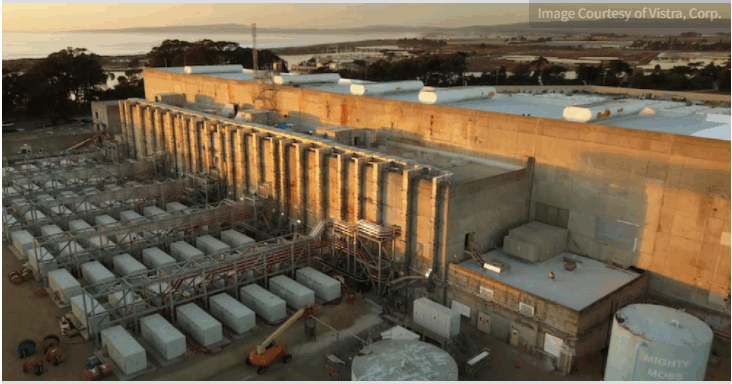
Vistra Moss Landing
Monterey County, California
1600 MWh/400 MW
This
is the world's largest grid-scale lithium-ion battery energy storage
system. The Moss Landing energy storage station has been producing
electricity since 1950 and was at one time the largest power station in
California. In 2018, the power station launched a 300 MW/1,200 MWh
battery storage project, with the first phase starting operations in
2020.
Phase two has since added another 100 MW/400 MWh of
capacity, with plans announced in 2022 for an additional 350 MW/1,400
MWh in 2023. The second phase is not without problems, and some battery
energy storage systems occasionally need to be temporarily shut down
due to overheating.
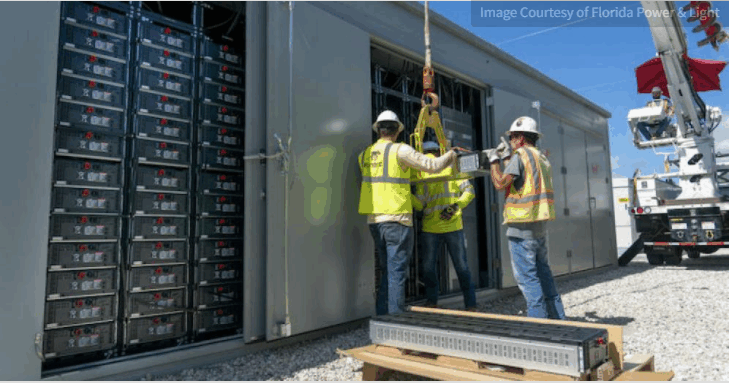
Manatee Energy Storage Center
Manatee County, Florida
900 MWh/409 MW
The
first battery modules will be installed at the Manatee Energy Storage
Center in 2021 by Florida Power & Light (FPL) employees. The
Manatee storage facility is co-located with the existing solar power
plant. The company will decommission two natural gas plants as several
smaller solar and energy storage plants are completed. Saved utility
customers $100 million in fuel and operating costs over the life of the
project.
So far, FPL said, 132 individual 38-ton battery
containers and their inverters have been installed, and more than
50,000 battery modules are being installed on site. FPL aims to install
an additional 700MW of battery storage across its service areas
between now and 2030.
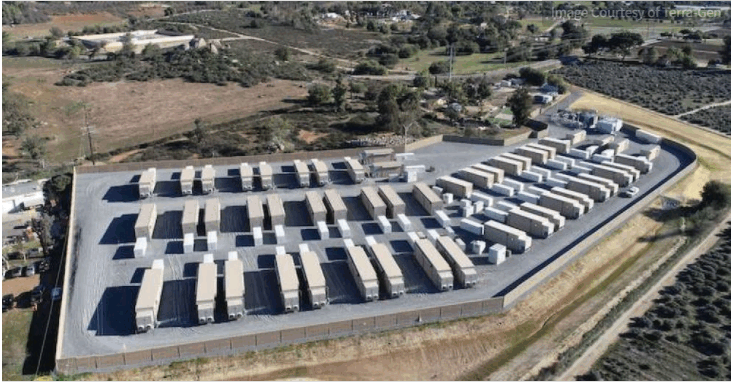
Valley Center
San Diego County, California
560 MWh/140 MW
In
early 2022, renewable energy project operator and developer Terra-Gen
will bring the Valley Center battery storage project online to provide
clean energy to the local grid.
The project has been built to
provide 140 megawatts of electricity to the local area for 4 hours to
support the reliability and resiliency of the local grid.
During
construction of the San Diego County facility, the company moved in 53
20-ton and 40-ton battery enclosures before installing the lithium-ion
battery modules into the racks.
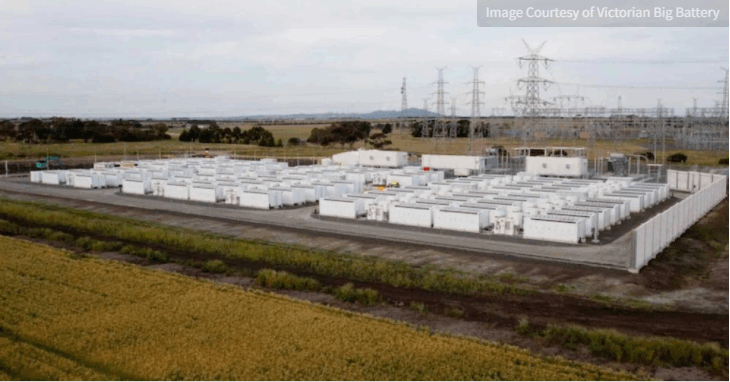
Victorian Big Battery
Victoria, Australia
450 MWh/300 MW
In
2017, what was once the world's largest lithium-ion battery grid-scale
energy storage was launched in Hornsdale, Australia. Pointing to the
lack of electricity due to renewable energy sources, Elon Musk has
pledged to build the 100-megawatt facility in a tight time frame.
Hornsdale's success has propelled the entire lithium-ion grid energy
storage industry in many ways.
Victorian Big Battery is a
grid-connected battery storage facility located near Geelong, Victoria,
Australia. Construction will begin in early 2021 and the battery
system will be operational in December 2021. The Victorian Big Battery
consists of 212 Tesla Super Li-ion batteries, each with a capacity of
up to 3 megawatts. The battery system is capable of storing enough
electricity to power one million Victorian homes for up to half an
hour.
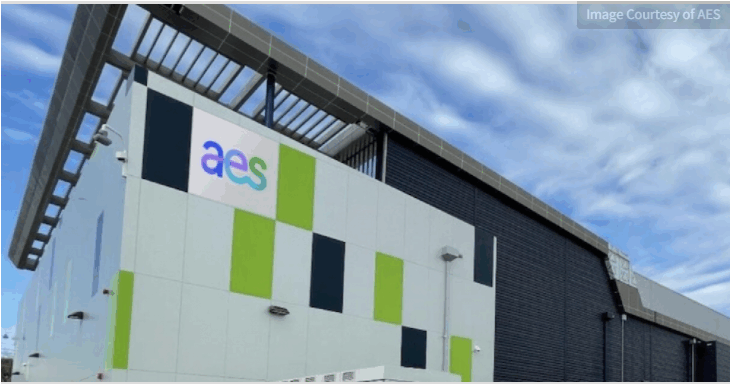
Alamitos Energy Center
long beach, California
400 MWh/100 MW
The
Alamitos Energy Center (AES) was originally built in the 1950s to house
the natural gas power generation system. AES is the second largest
power plant in California. The AES battery energy storage system is the
first stand-alone battery energy storage system designed specifically
to replace U.S. natural gas power plants.
The AES Alamitos
battery system not only provides power during times of peak demand, but
also supports grid modernization, increased integration of renewable
energy, and reduced costs as well as greenhouse gas emissions. The
system uses Advancion 5 lithium-ion battery storage technology from
Fluence, a joint venture between AES and Siemens.
The 100
MW/400 MWh of energy storage will allow the state to 'set aside'
renewable energy for use during peak times and reduce fossil fuel
reliance by releasing stored renewable energy to meet peak demand. This
output is equivalent to 22,000 local households using clean energy
lighting during peak periods.
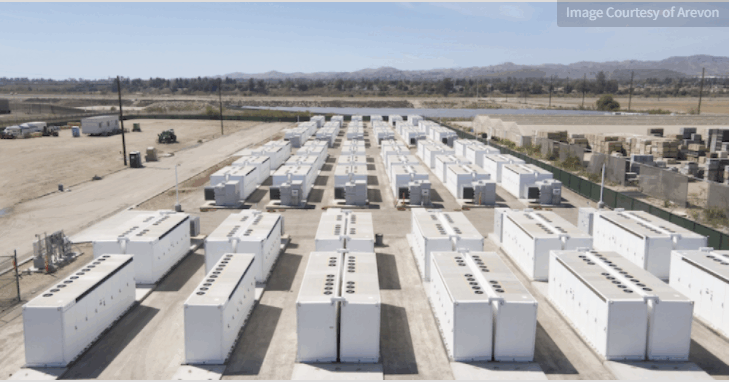
Saticoy BESS
Ventura County, California
400 MWh/100 MW
The
Saticoy Electricity Storage System (BESS) took nine months to complete
and is due for completion in mid-2021. The power plant can store
electricity to power Oxnard throughout California for four hours, or
Ventura County for half an hour.
Saticoy BESS is equipped with
142 Tesla super battery packs, each battery can store 3 MW, and the
entire power plant can store about 100 MW/400 MWh of electricity. Tesla
super battery packs can be charged through the grid, store energy
during off-peak hours, and can be discharged to match power supply and
demand, improving grid stability and reliability.















